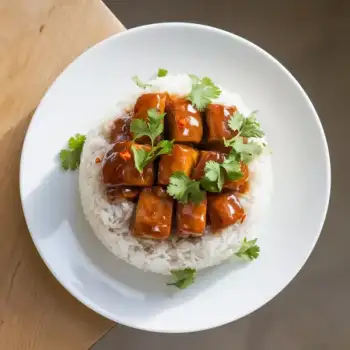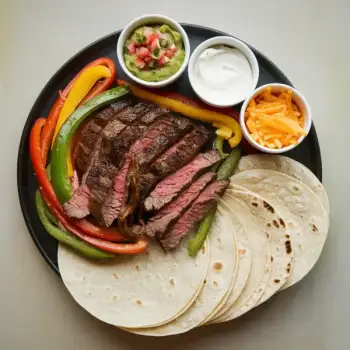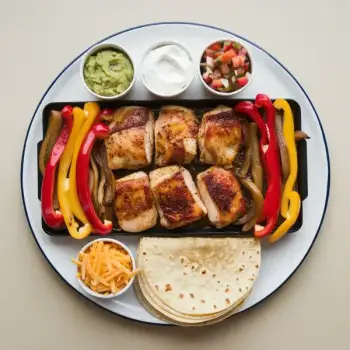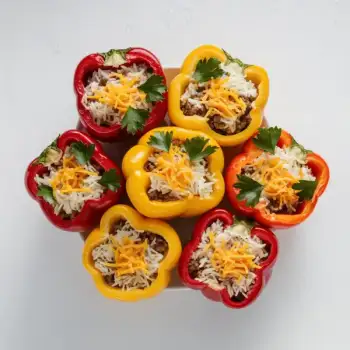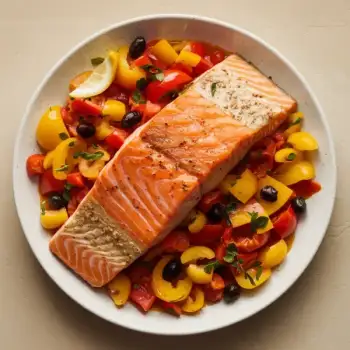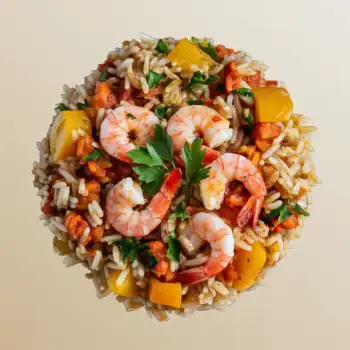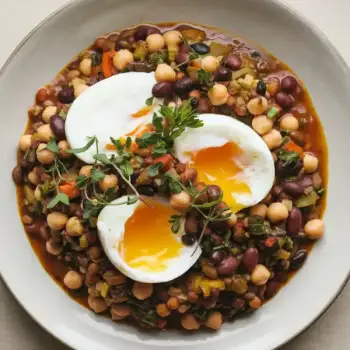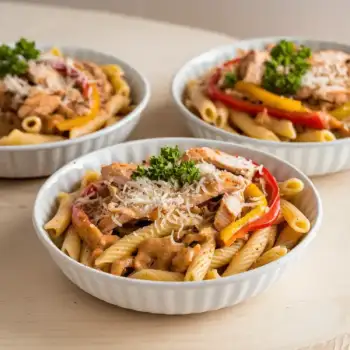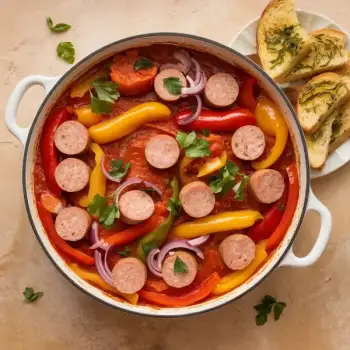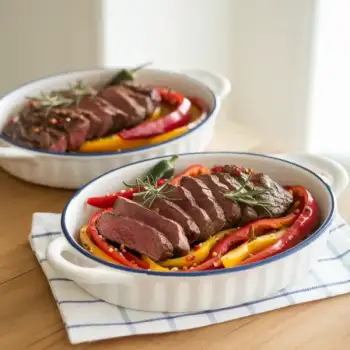

Dried
Less common, but can be found in specialty stores, dried yellow bell peppers can be rehydrated or used in spice blends.
Fresh
Yellow bell peppers are available fresh, offering a sweet, almost fruity flavor and a crisp texture, ideal for salads, grilling, and stuffing.
Frozen
Chopped or whole yellow bell peppers that are blanched and frozen, suitable for stir-fries or dishes where the texture is less critical.
Roasted
Available in jars or freshly prepared, roasted yellow bell peppers have a rich, sweet, and slightly smoky flavor, perfect for sauces, sandwiches, and as a garnish.




frozen yellow bell peppers: Birds Eye
roasted yellow bell peppers: Mezzetta

Grilling: Grilling imparts a smoky flavor to yellow bell peppers. Slice them into large pieces, brush with oil, and grill over medium-high heat until charred and tender, about 3-4 minutes per side.
Roasting: Roasting yellow bell peppers brings out their natural sweetness and softens their texture. You can roast them whole, turning occasionally, in a 450°F (232°C) oven until the skin blisters and chars, about 25-30 minutes. After roasting, let them steam as mentioned, then peel and use in your recipe.
Sautéing: For a quick method that maintains some crunch, sauté sliced or diced yellow bell peppers in oil over medium-high heat until they are tender-crisp, about 5-7 minutes. This method is great for stir-fries or fajitas.




